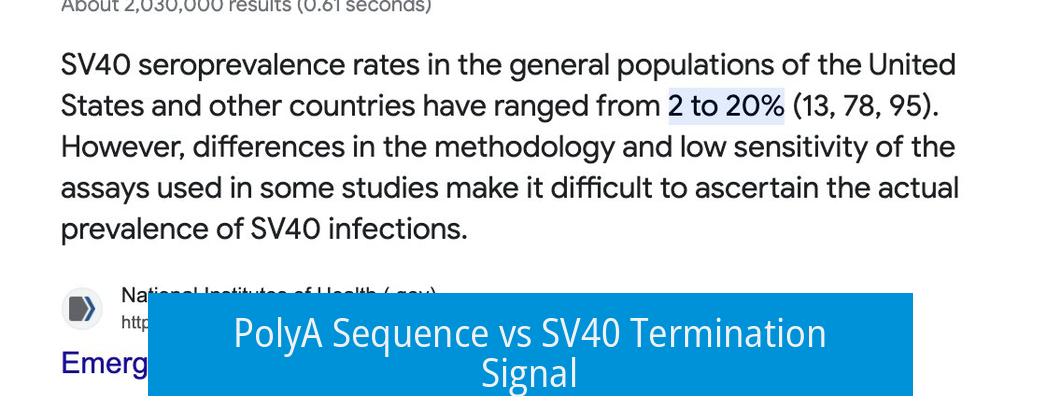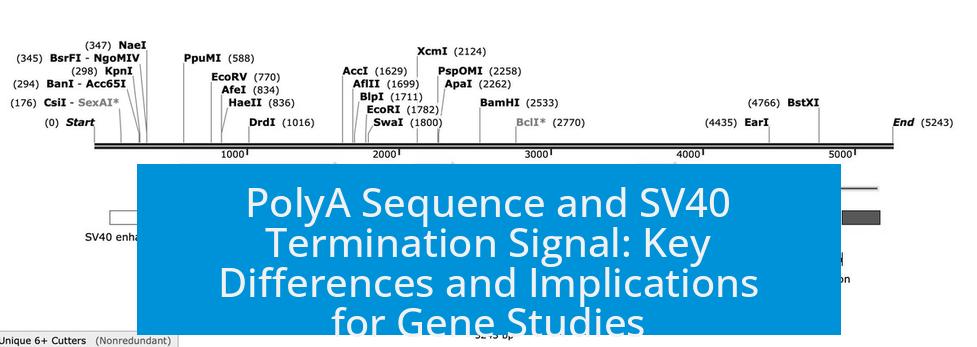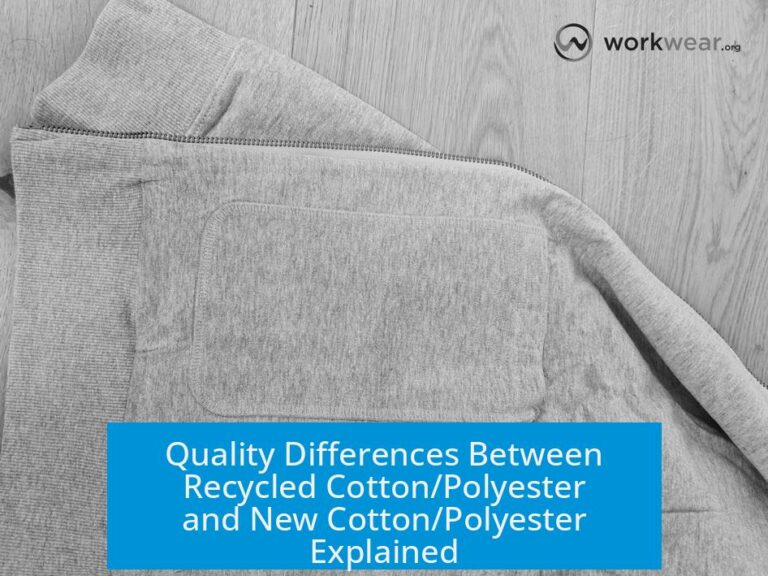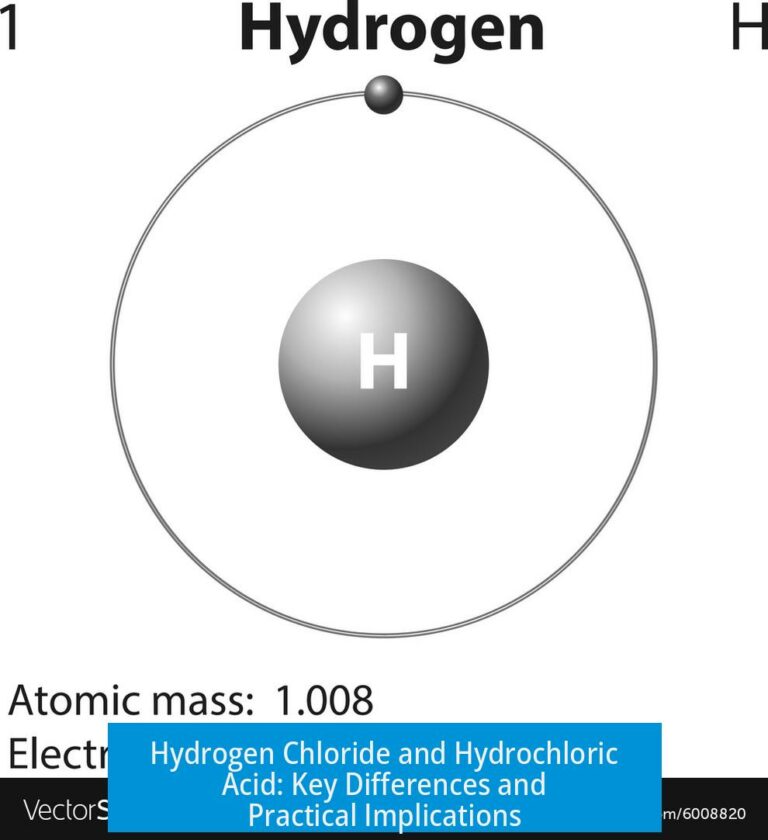PolyA Sequence vs SV40 Termination Signal

The PolyA sequence and the SV40 termination signal serve distinct roles in gene expression constructs: the directly encoded PolyA sequence protects the upstream transcript without causing transcription termination, while the SV40 termination signal facilitates proper transcription termination and maturation of functional mRNA.
Purpose and Functional Differences
The directly encoded PolyA (polyadenylation) sequence primarily safeguards the upstream mRNA transcript. It does not induce transcriptional termination. This feature allows researchers to experiment with varying polyA tail lengths to analyze impacts on gene expression.
In contrast, the SV40 polyadenylation signal acts as a transcriptional stop signal. It ensures the mRNA transcript is correctly processed and terminated, resulting in a mature and functional transcript suitable for translation within cells.
Experimental Flexibility and Design
- PolyA Length Control: By encoding different polyA tail lengths directly into the sequence, scientists can test how tail length influences gene expression. This approach offers tighter control than using full polyA signals, which do not allow precise tail length variation.
- Insertion of Additional Elements: The system design permits insertion of RNA elements—such as ribozymes—between the HDV ribozyme and SV40 polyA signal. This design allows for expression of additional RNA species under Pol II transcription control.
- Mimicking Pol III Transcripts: Ribozymes placed in this region can produce RNAs that mimic RNA Polymerase III transcripts but with tissue-specific or Pol II-dependent regulation, enhancing experimental versatility.
Comparison Table
| Feature | Directly Encoded PolyA Sequence | SV40 Termination Signal |
|---|---|---|
| Primary Function | Protects upstream transcript; no termination | Ensures transcription termination and mRNA maturation |
| PolyA Tail Length Control | Allows precise length variation | Does not allow controlled tail length variation |
| Flexibility for Insertions | Enables insertion of ribozymes or other RNA elements | Less flexible for insertions after signal |
| Transcript Outcome | Protected, non-terminated transcript | Mature, terminated functional mRNA |
Implications for Gene Expression Studies
This dual system benefits gene expression experiments. The encoded polyA tail offers a handle to dissect how polyadenylation affects mRNA stability and translation efficiency. Meanwhile, the SV40 signal secures proper transcript termination, ensuring functional mRNA production.
Additionally, the capacity to insert ribozymes facilitates production of specialized RNA molecules. These can mimic different transcription systems or add regulatory layers under Pol II promoters, widening research applications.
- Directly encoded polyA sequence protects transcripts, does not cause termination.
- SV40 signal ensures proper termination and mature mRNA formation.
- Allows precise experimentation on polyA tail length effects.
- Supports insertion of additional RNA elements like ribozymes.
- Enables expression of Pol III-like transcripts under Pol II control.
What is the main functional difference between a directly encoded polyA sequence and the SV40 termination signal?
The directly encoded polyA sequence protects the transcript but does not cause transcription termination. The SV40 signal ensures proper termination and maturation of the mRNA.
Why would researchers use a directly encoded polyA sequence instead of a full polyA signal like SV40?
It allows precise control of polyA tail length. This helps study how polyA length affects gene expression, which is harder to control with a full polyA signal.
How does the SV40 polyA signal contribute to mRNA maturation?
The SV40 signal triggers proper transcription termination. This leads to the transcript maturing into functional mRNA ready for translation.
Can sequences be inserted between the HDV ribozyme and the SV40 polyA signal? If yes, why?
Yes. This design permits insertion of elements like ribozymes to express additional RNAs under Pol II control, allowing versatile gene expression studies.
What is the role of ribozymes in this system between HDV ribozyme and SV40 polyA?
Ribozymes can generate RNAs that mimic Pol III transcripts but under Pol II regulation, enabling tissue-specific expression and controlled studies of RNA function.





Leave a Comment